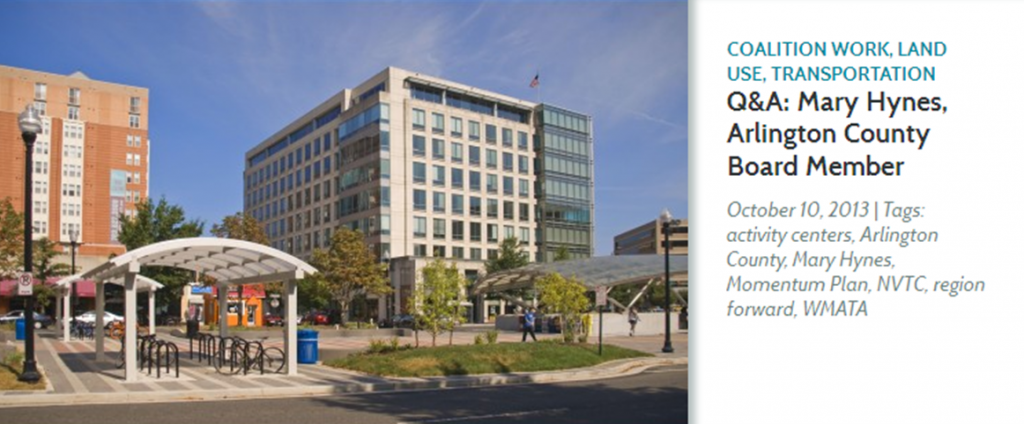
Mary Hynes, a Metro Board Member, sat down with the Region Forward team to answer a few questions about the region’s biggest challenges, how Metro can help the region meet the goals in Region Forward, and how citizens can get involved. In addition to her role at Metro, Ms. Hynes is an Arlington County Board Member and the Chair of the Council of Governments’ Region Forward Coalition, the public-private group leading the effort to implement COG’s vision for the region’s future.
Q: What do you think are the region’s biggest challenges?
Mary Hynes: “The economy is a big challenge. We are still figuring out ‘the new normal’ with the federal government. The issues of housing and how people move efficiently around the region are also critical. It’s critical that we understand how housing and multimodal transportation options fit into the bigger picture of achieving a thriving region built of individual vibrant communities – one that is also attuned and committed to meeting the social equity requirements of our diverse, sustainable region.”
Q: How does Metro help us meet our Region Forward goals?
Mary Hynes: “The Metro Board made a decision when considering how to frame its new strategic plan to key off of Region Forward. We – my colleagues on the Metro Board and Metro’s professional staff – looked at what regional leaders had done with Region Forward—the goals they had set—and said “Metro can be the catalyst that enhances regional mobility and convenes stakeholders to ensure a successful, integrated regional multi-modal system”. We worked with the Transportation Planning Board at COG to make sure Momentum and the TPB’s Priorities Plan are aligned. It wasn’t hard because, in fact, there is regional consensus on the next set of transportation moves the region needs to make.
It’s an exciting time to be participating with COG and Metro. It’s a remarkable moment because people share the same vision. Leaders across the region have learned the same lessons. So the time is right! Just as regional leaders did 50 years ago when planning Metro, we all must lock our arms, commit to a funding plan, and move forward together.”
Read the full interview!
 The District Department of Transportation (DDOT) is hosting its third and final round of public workshops in October to discuss moveDC, DDOT’s initiative to develop a strategic, multimodal long range transportation plan for the District. The public is encouraged to attend a workshop to review the draft plan and help prioritize the transportation options. The October workshops will enable you to:
The District Department of Transportation (DDOT) is hosting its third and final round of public workshops in October to discuss moveDC, DDOT’s initiative to develop a strategic, multimodal long range transportation plan for the District. The public is encouraged to attend a workshop to review the draft plan and help prioritize the transportation options. The October workshops will enable you to:
- Share your ideas and observations on future plans for transportation;
- Learn how three approaches to a future DC transportation system perform;
- Review the results of our survey research;
- Provide input into the draft transportation plan; and
- Learn more about the moveDC local bus study.
Online Survey
Throughout October, you are also invited to participate in a survey to comment on and critique three approaches that have the potential to transform the way people travel in the District.
Public Meeting Dates and Locations
Monday, October 21
7:00 a.m. to 6:00 p.m.
Union Station
625 First St NE
Tuesday, October 22
6:30 p.m. – 8:30 p.m., with a formal presentation 7 p.m.
Dorothy I. Height/Benning Neighborhood Library
3935 Benning Road, NE
Saturday, October 26
1:00 p.m. – 4:00 p.m.
DCUSA Retail Center, 2nd Floor, between Target and Best Buy
3100 14th St. NW
Wednesday, October 30
6:30 p.m. – 8:30 p.m., with a formal presentation 7 p.m.
Petworth Neighborhood Library
4200 Kansas Ave., NW
Web Meetings
Visit www.wemoveDC.org for more details and to sign up.
October 24, noon – 1:00 p.m.
October 28, 7:00 p.m. – 8:00 p.m.
Categories: In The News Tags: access, bike, bike parking, BRT, bus, meetings, Metrorail, pedestrian, planning, plans, presentations, public comment, rail, stations, tod
Momentum is just one component of Metro’s vision for the future of transit in the Washington region.
We know that there are many questions about the relationship between Momentum, Metro’s strategic plan, and ConnectGreaterWashington, Metro’s long-range Regional Transit System Plan. These are two really ambitious, visionary plans that put forth a vision both for the Authority itself, as well as the transit map of the future. So below is a handy reference guide that compares the two plans across a variety of factors. This FAQ is a work in progress, so please add questions below and we will modify the table with other key details.
|
Momentum
|
ConnectGreater
Washington
|
|

|

|
| Purpose |
- Develop actions that Metro can take to meet the mission, vision and goals adopted by WMATA’s Board.
- Identify key infrastructure initiatives, defined as Metro 2025, that Metro can implement to maximize the existing system without expanding it.
|
- Develop the future transit map that the region needs to meet its projected population and employment growth.
- Note the plan is being developed without specific operators in mind, especially for the high capacity surface transit corridors. However, a subset of the overall plan will come under Metro’s purview, build on Metro 2025, and ultimately become Metro 2040.
Read more… |
This is the first post in a two-part series based  on content from the tenth meeting with the Regional Transit System Plan (RTSP) Technical Advisory Group (TAG) that was held in July. This post will focus on our analysis of Metrorail capacity and crowding, while the second post will focus on identifying and prioritizing regionally significant surface transit corridors.
on content from the tenth meeting with the Regional Transit System Plan (RTSP) Technical Advisory Group (TAG) that was held in July. This post will focus on our analysis of Metrorail capacity and crowding, while the second post will focus on identifying and prioritizing regionally significant surface transit corridors.
By 2040, ridership and crowding levels on Metrorail indicate the need for a new Blue Line and new Yellow line in the system’s core and a third line in Virginia.
At the time of our last post, we had run an initial round of four scenarios that sought to resolve regional mobility issues. We gathered a lot of information from the results, but realized that we needed to run a second round of scenarios focused almost entirely on Metrorail. Using MWCOG’s Cooperative Forecast Round 8.1 land use, which has been adopted by the region, and MWCOG’s Aspirations land use, which shifts more jobs and households into the regional activity centers, the maps below clearly demonstrate crowded conditions in 2040. The Base Network shown in these maps includes 100 percent eight-car trains and all the CLRP projects. Crowded conditions exist on the Orange Line west of Rosslyn, on the Yellow and Green Lines south of L’Enfant Plaza, and on the Silver Line west of Tysons. Because the results indicated that Metro would be severely crowded EVEN if we run the longest possible trains (eight-car trains), we wanted to explore other long-term solutions.
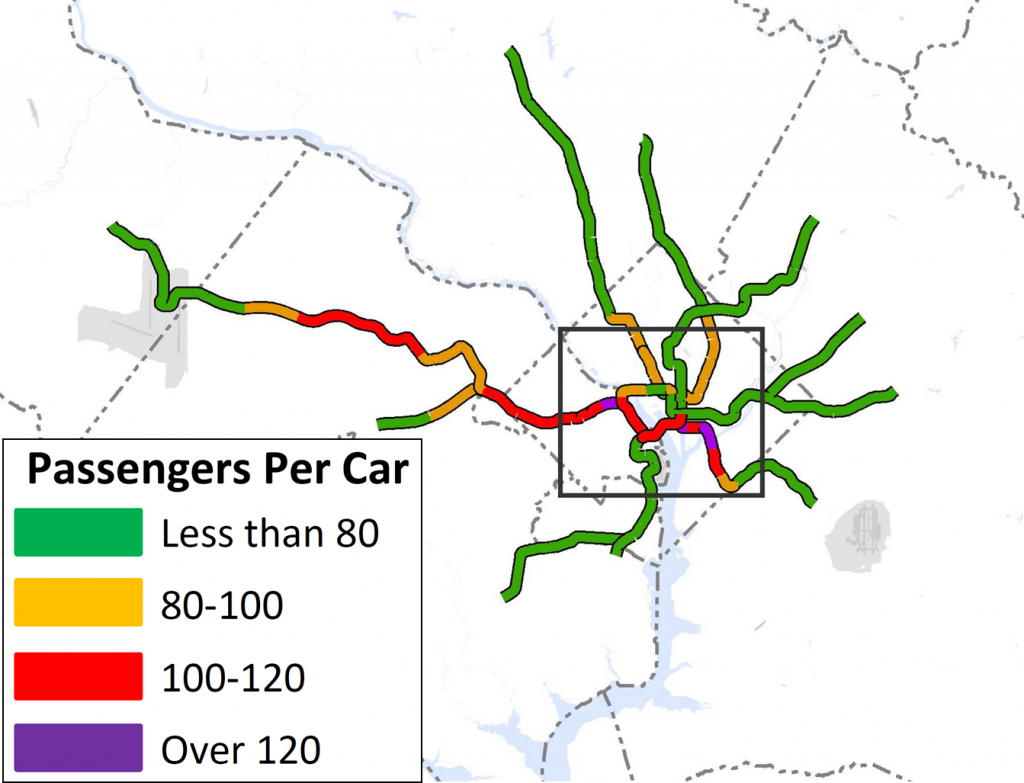
Crowding on Metrorail by 2040, even with the longest possible (eight-car) trains. Base Network AM Peak, Round 8.1 Cooperative Forecast
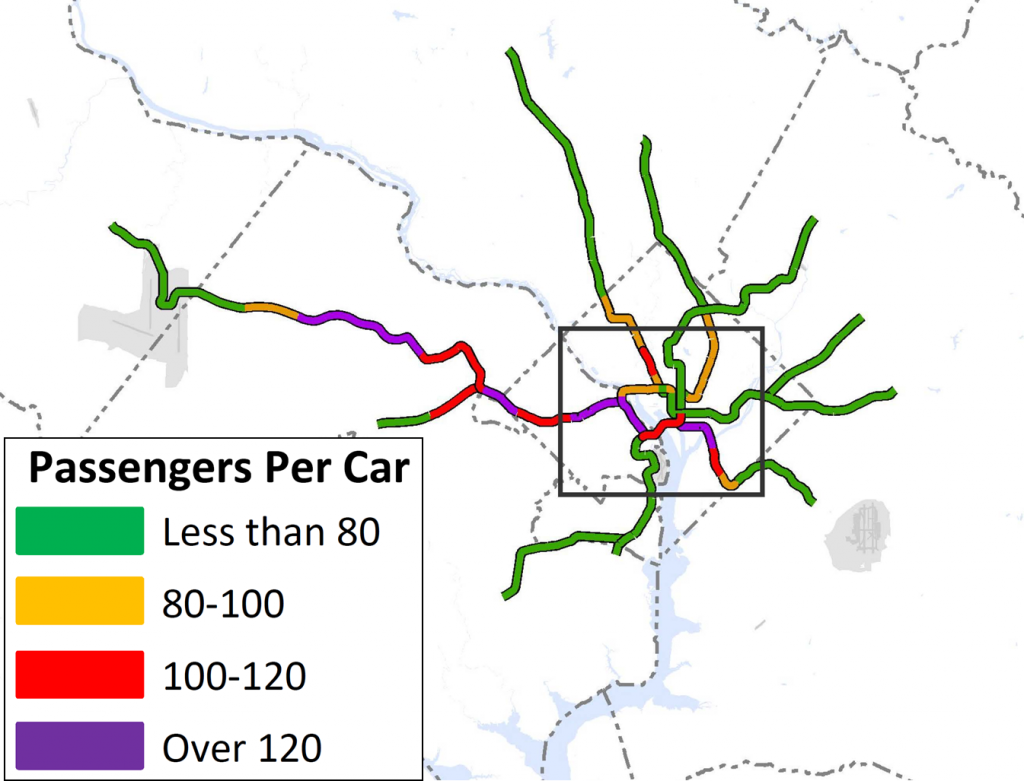
Crowding on Metrorail in 2040 even with the longest possible (eight-car) trains, Base Network AM Peak, Aspirations Land Use
Read more…
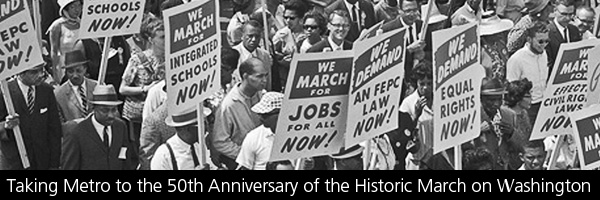
August 28th is the 50th Anniversary of the March on Washington. During the week leading up to the anniversary, thousands are expected to visit Washington and we expect higher ridership than usual.
We have prepared a Rider Guide to help visitors use our system.
The 50th Anniversary March on Washington and the subsequent Freedom Festival will occur on Saturday, August 24. Below is additional guidance for visitors traveling to and from those events:
Read more…
Now that Momentum has been adopted 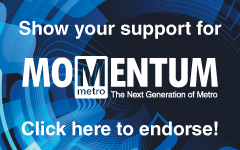 by Metro’s Board of Directors, what’s next? How can the region ensure that the plan is implemented? What is Metro doing internally to make sure the organization is on track? What can you do to help?
by Metro’s Board of Directors, what’s next? How can the region ensure that the plan is implemented? What is Metro doing internally to make sure the organization is on track? What can you do to help?
Board members and members of Metro’s Executive Leadership Team have been meeting with local officials, businesses, civic organizations, and other stakeholders throughout the course of the plan’s development. Their support of the plan is critical to its implementation. This outreach will continue in order to ensure that the region’s leaders are aware of the plan, the benefits of its implementation, and the cost of doing nothing. This outreach is intended to garner a wide array of support, similar to what was obtained at other key points during Metro’s history. Many area businesses and organizations, from AAA to Zipcar, and a growing list of private citizens have already endorsed the plan. If you haven’t done so already, please endorse Momentum online now. Read more…
Momentum’s outreach was unprecedented. 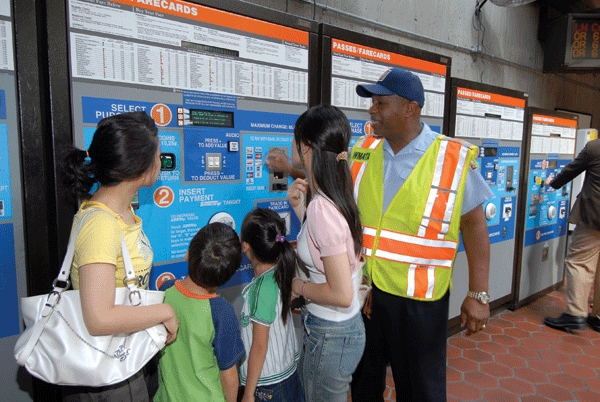 Metro staff heard from almost 12,000 stakeholders during the process, which helped inform our understanding of the public’s short- and long-term needs. Below is a high-level summary of the most commonly-held viewpoints across region:
Metro staff heard from almost 12,000 stakeholders during the process, which helped inform our understanding of the public’s short- and long-term needs. Below is a high-level summary of the most commonly-held viewpoints across region:
- Make no small plans for Metro;
- Recognize Metro is critical to the region’s future;
- Continue rebuilding;
- Reduce crowding;
- Provide better customer information; and
- Ensure predictable funding.
Elected/Public Officials
“Fix the funding problem, and be the region’s transit Authority”
Elected and other public officials were supportive of Momentum and planning for the future, though concerns were voiced that current funding levels were not sufficient to support the regions’ future needs. Major areas of focus included system capacity, regional mobility, enhanced connectivity including suburb to suburb commutes, integrating with other regional transit projects, economic development and Metro serving as the region’s transit planning leader. Specific support emerged for bus rapid transit and expanded bus services to address both core capacity and suburb-to-suburb issues and 100 percent eight-car trains to address core capacity and platform crowding. Officials also seem to agree that Metro should “be responsible for coordinating regional connectivity” by fulfilling its role as the transit planner of the region, as outlined in the Metro Compact.
During a meeting with the Maryland Congressional delegation, all members present expressed their willingness to discuss the reauthorization of PRIIA or finding other means of federal investment when the current authorization expires in 2018; however, the delegation was clear in stating that local and state officials need to take lead on securing a substantial and local capital funding commitment before Congress would act.
Read more…
Momentum’s outreach was unprecedented.  Metro staff heard from almost 12,000 stakeholders during the process, which helped inform our understanding of the public’s short- and long-term needs. Below is a high-level summary of the most commonly-held viewpoints across region:
Metro staff heard from almost 12,000 stakeholders during the process, which helped inform our understanding of the public’s short- and long-term needs. Below is a high-level summary of the most commonly-held viewpoints across region:
- Make no small plans for Metro;
- Recognize Metro is critical to the region’s future;
- Continue rebuilding;
- Reduce crowding;
- Provide better customer information; and
- Ensure predictable funding.
Portions of Momentum are 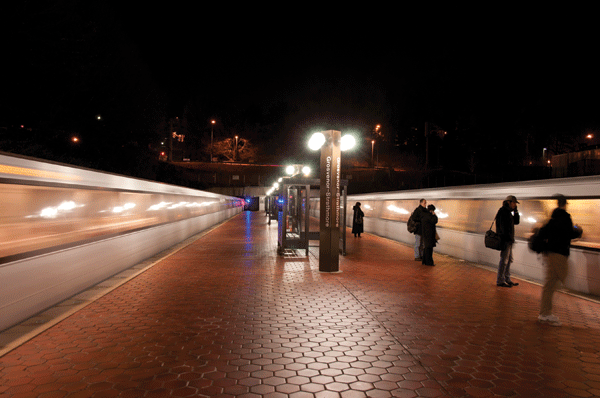 already being executed, meaning that elements in this strategic plan under Metro’s control are already in implementation mode. Engineering work is well-underway to support some of the immediate and near-term investments and innovations to carry the system to the year 2025. Some of the projects and their dates of completion or anticipated completion include the following:
already being executed, meaning that elements in this strategic plan under Metro’s control are already in implementation mode. Engineering work is well-underway to support some of the immediate and near-term investments and innovations to carry the system to the year 2025. Some of the projects and their dates of completion or anticipated completion include the following:
Metro’s staff and Board are already laying the financial underpinnings to execute the strategic plan. In 2013, the Board approved Metro’s multi-year capital and operating budgets. While continuing laser-like focus on safety improvements and the rebuilding of the existing system, the FY 2014-2019 Capital Improvement Program (CIP) includes a number of significant investments that lay the groundwork for the implementation and execution of Metro 2025, which is described in the following section and later in this document.
Read more…
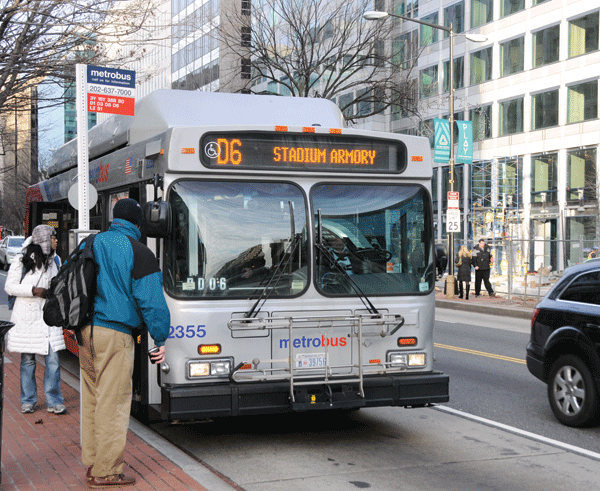
Momentum’s outreach was unprecedented. Metro staff heard from almost 12,000 stakeholders during the process, which helped inform our understanding of the public’s short- and long-term needs. Below is a high-level summary of the most commonly-held viewpoints across region:
- Make no small plans for Metro;
- Recognize Metro is critical to the region’s future;
- Continue rebuilding;
- Reduce crowding;
- Provide better customer information; and
- Ensure predictable funding.
Read more…












Recent Comments